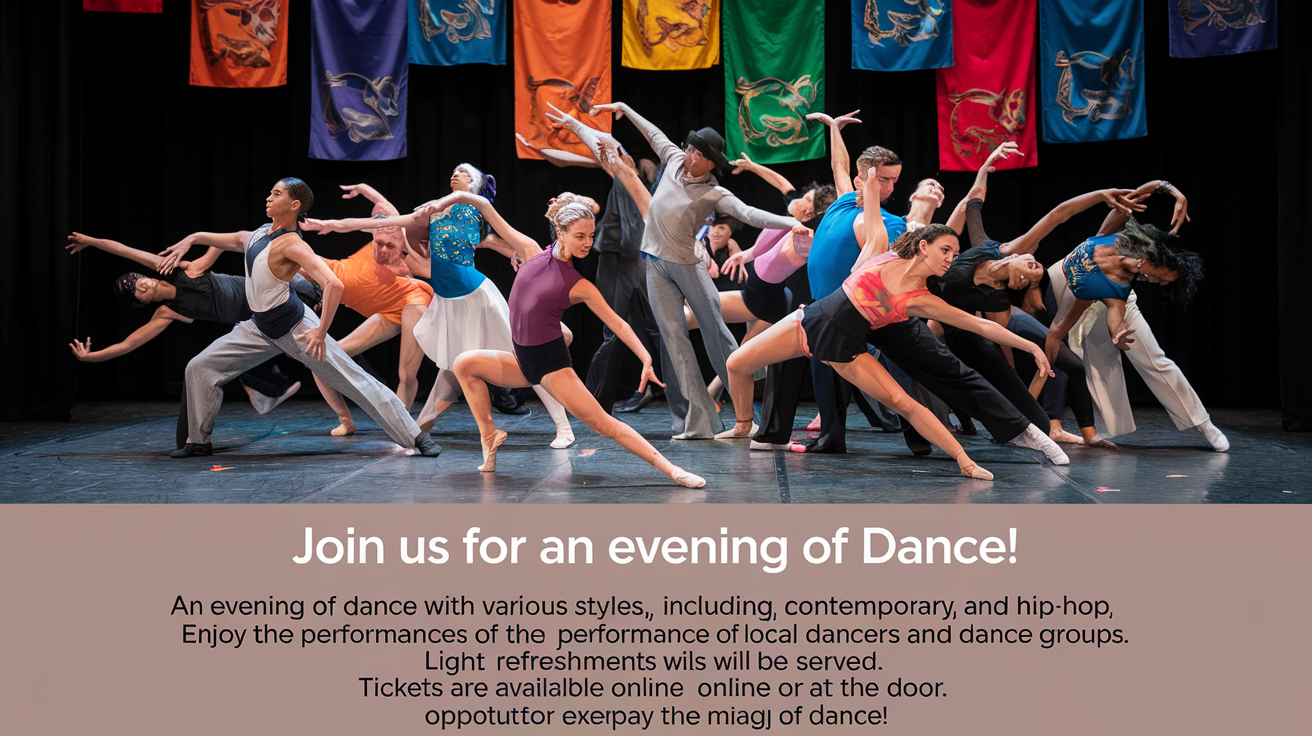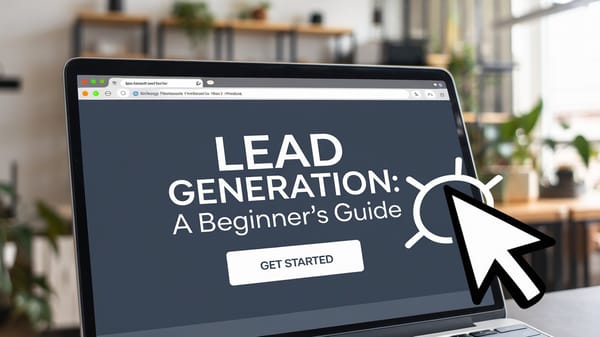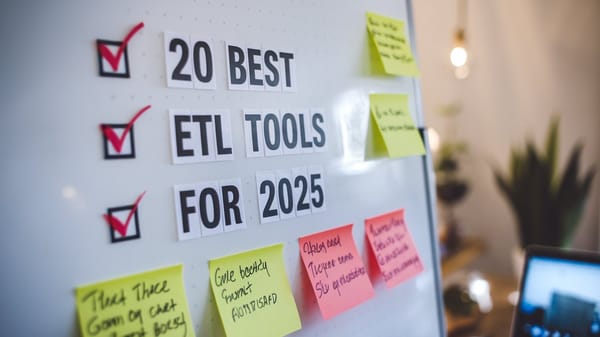Mastering Dance Event Marketing: Crafting Irresistible Email Campaigns

In the vibrant world of dance events, from intimate salsa nights to grand dance festivals, email marketing stands as a pivotal tool for driving engagement and boosting ticket sales. With an impressive average return on investment (ROI) of $42 for every $1 spent, email marketing is not just a communication channel but a strategic asset in the event marketer's toolkit. Crafting compelling dance event marketing emails requires a blend of creativity, strategy, and a deep understanding of your audience.
The essence of a successful dance event email lies in its ability to transform a simple invitation into an irresistible call to action. This involves not only capturing the attention of potential attendees but also engaging them with personalized content that resonates with their interests and past interactions. Personalization can significantly enhance open rates and engagement, making each recipient feel valued and understood.
Moreover, the design and layout of your email play a crucial role in its effectiveness. Employing a visual hierarchy ensures that important information is highlighted, while responsive design guarantees that your emails look appealing across all devices. This approach not only enhances user experience but also maximizes the reach and impact of your campaign.
Creating a sense of urgency is another powerful tactic in dance event email marketing. Techniques such as limited-time offers and countdown timers can spur immediate action, driving ticket sales and building anticipation for the event.
In this report, we will delve into ten essential tips for writing irresistible dance event marketing emails. These strategies will equip you with the tools to captivate your audience, boost engagement, and ultimately, fill your dance floor with eager participants. Whether you're a seasoned marketer or new to the dance event scene, these insights will help you elevate your email marketing game to new heights.
You can also visit Oncely.com to find more Top Trending AI Tools to complete the marketing emails. Oncely partners with software developers and companies to present exclusive deals on their products. One unique aspect of Oncely is its “Lifetime Access” feature, where customers can purchase a product once and gain ongoing access to it without any recurring fees. Oncely also provides a 60-day money-back guarantee on most purchases, allowing customers to try out the products and services risk-free.
Oncely are hunting for the most fantastic AI & Software lifetime deals like the ones below or their alternatives:

Table of Contents
- Crafting Compelling Subject Lines and Opening Lines
- The Importance of Subject Lines
- Creating Urgency and FOMO
- Personalization and Relevance
- Incorporating Numbers and Specifics
- Crafting Engaging Opening Lines
- Setting the Tone with Opening Lines
- Personalization in Opening Lines
- Using Questions to Spark Curiosity
- Aligning Subject and Opening Lines
- Conclusion
- Designing Visually Engaging and Responsive Emails
- Importance of Visual Appeal in Email Design
- Responsive Design Principles
- Fluid and Scalable Designs
- Balancing Design Elements with Content
- Typography and Branding
- Call-to-Action (CTA) Design
- Testing and Optimization
- A/B Testing
- Visual Consistency and Branding
- Incorporating Interactive Elements
- Conclusion
- Utilizing Personalization and Audience Segmentation
- The Role of Personalization in Dance Event Marketing
- Audience Segmentation Strategies
- Implementing Personalization and Segmentation
- Measuring the Success of Personalization and Segmentation
- Best Practices for Personalization and Segmentation
Crafting Compelling Subject Lines and Opening Lines
The Importance of Subject Lines
Subject lines are the gateway to your email content, and their effectiveness can significantly impact open rates. The average email open rate across all industries is 37.72%. Crafting a compelling subject line is crucial for capturing the recipient's attention and encouraging them to open the email. A well-crafted subject line should be concise, relevant, and engaging, often incorporating elements of urgency, curiosity, or personalization.
Creating Urgency and FOMO
One effective strategy for crafting subject lines is to create a sense of urgency or FOMO (Fear of Missing Out). This approach can prompt immediate action from recipients. For example, a subject line like "Last Chance to Secure Your Spot at the Dance Event!" can drive quicker opens and higher engagement rates.
Personalization and Relevance
Personalization is a powerful tool in email marketing. By tailoring subject lines to include the recipient's name or reference past interactions, you can increase the likelihood of the email being opened. Personalized subject lines can make recipients feel valued and improve engagement. For instance, "John, Your Exclusive Invite to the Dance Gala" is more likely to catch the recipient's eye than a generic subject line.
Incorporating Numbers and Specifics
Including numbers in subject lines can make them more specific and eye-catching. Numbers provide concrete value and help set clear expectations for the content of the email. For example, "5 Reasons to Attend Our Dance Event This Weekend" offers a clear promise of what the email will deliver. This strategy notes that numbers can enhance the clarity and appeal of subject lines.
Crafting Engaging Opening Lines
Once the email is opened, the opening line plays a critical role in maintaining the recipient's interest. The opening line sets the tone for the rest of the email and can determine whether the recipient continues reading. An effective opening line should be engaging, relevant, and aligned with the subject line.
Setting the Tone with Opening Lines
The opening line should immediately capture the reader's attention and establish the purpose of the email. For instance, an opening line like "Get ready to dance the night away at our exclusive event!" sets an enthusiastic tone and aligns with the excitement promised in the subject line. The importance of setting the right tone early to encourage recipients to read through to the call to action.
Personalization in Opening Lines
Just as with subject lines, personalization in opening lines can enhance engagement. Addressing the recipient by name or referencing their previous interactions with your brand can create a sense of familiarity and relevance. For example, "Hi Sarah, we can't wait to see you at the dance event!" makes the email feel more personal and inviting. Personalization can improve reply rates by up to 142%.
Using Questions to Spark Curiosity
Incorporating questions in the opening line can pique the recipient's curiosity and encourage them to read further. Questions can create a conversational tone and invite the recipient to engage with the content. For example, "Are you ready to experience the dance event of the year?" prompts the reader to consider their interest in the event. Questions are relevant to the event's theme to maintain audience interest.
Aligning Subject and Opening Lines
For maximum impact, the subject line and opening line should work together seamlessly. The subject line should set expectations, and the opening line should deliver on those expectations while further engaging the reader. Consistency between these elements helps build trust and encourages recipients to continue reading. Aligning these elements can enhance the overall effectiveness of the email.
Conclusion
Crafting compelling subject lines and opening lines is essential for successful dance event marketing emails. By incorporating elements of urgency, personalization, and curiosity, marketers can increase open rates and engagement. Aligning subject and opening lines ensures a cohesive message that resonates with recipients, ultimately driving attendance and participation in dance events.
Designing Visually Engaging and Responsive Emails
Importance of Visual Appeal in Email Design
Visual appeal is a critical component of email marketing, especially for dance events where the aesthetic experience is paramount. A well-designed email can significantly enhance engagement and conversion rates. Responsive email design is crucial for maximizing engagement and ensuring that emails resonate with audiences across all devices. This adaptability helps maintain interest and drives better results from email campaigns.
Responsive Design Principles
Responsive design ensures that emails are easily readable and navigable, regardless of the device used. This involves crafting emails that adapt seamlessly to various screen sizes and devices. The layout, images, and text adjust accordingly to provide the best viewing experience. This approach is essential for dance event marketing emails, which often include vibrant visuals and detailed information about the event.
Fluid and Scalable Designs
Fluid email designs maintain a consistent layout across devices but allow elements to shift fluidly to fill vacant spaces. This is achieved using percentage-based sizing to automatically adjust table and image widths, accommodating every device’s screen size. Fluid designs are particularly effective for emails with a high volume of text, as they ensure content flows naturally, enhancing readability and engagement.
Balancing Design Elements with Content
Striking the right balance between design elements and content is crucial for creating effective emails. Overloading an email with images and complex layouts can detract from the overall message, while too little design can make the email appear plain and uninviting. A clean and simple design that complements the content without overwhelming it is recommended. This approach prioritizes readability and usability, ensuring key messages and calls-to-action are easy to find and interact with on any device.
Typography and Branding
Typography plays a pivotal role in email design, influencing readability and the overall aesthetic. Consistent use of fonts that align with the event's branding can enhance recognition and engagement. Visual consistency and branding are fundamental principles of email design. This includes maintaining a cohesive look that aligns with other marketing materials, such as the event's website and social media profiles.
Call-to-Action (CTA) Design
The design of the call-to-action (CTA) button is a critical element in email marketing. A well-defined CTA can significantly influence the success rate of an email campaign. It should be prominently placed and visually distinct to guide recipients toward the desired action, such as "Register Now" or "Learn More." The CTA should be loud and clear to encourage engagement.
Testing and Optimization
Testing and optimization are essential steps in ensuring the effectiveness of email designs. This involves using tools to test how emails render across different devices and email clients. Using responsive design principles can enhance readability, improve user experience, and boost open and click-through rates. Tools like Mailchimp offer user-friendly templates and robust design features to help create responsive email designs.
A/B Testing
A/B testing can be used to compare different design elements, such as color schemes, font sizes, and CTA placements, to determine which variations perform best. This data-driven approach allows marketers to refine their email designs based on actual performance metrics, leading to more effective campaigns.
Visual Consistency and Branding
Maintaining visual consistency across all marketing channels is crucial for reinforcing brand identity. This includes using consistent color schemes, fonts, and imagery that align with the event's theme and branding.Aligning email design with brand identity helps create a cohesive experience for recipients, enhancing brand recognition and loyalty.
Incorporating Interactive Elements
Interactive elements, such as GIFs, videos, and animations, can enhance engagement by providing a dynamic experience for recipients. These elements can be used to showcase highlights from previous events or provide a sneak peek of what attendees can expect. However, it's important to ensure that these elements do not compromise the email's load time or accessibility. Interactive content can make emails more engaging and memorable, encouraging recipients to take action.
Conclusion
Designing visually engaging and responsive emails is a multifaceted process that involves balancing aesthetics with functionality. By adhering to responsive design principles, maintaining visual consistency, and incorporating interactive elements, marketers can create compelling emails that resonate with their audience and drive engagement. These strategies are particularly important for dance event marketing, where the visual and experiential aspects are key to attracting and retaining attendees.
Utilizing Personalization and Audience Segmentation
The Role of Personalization in Dance Event Marketing
Personalization in email marketing is a critical strategy for enhancing engagement and driving ticket sales for dance events. By tailoring messages to individual recipients, marketers can create a more intimate and relevant experience that resonates with the audience. Personalized emails can significantly increase engagement rates, with 95% of marketers implementing some form of personalization in their campaigns. However, only 3% utilize live or real-time dynamic content, which can unlock the full potential of personalization.
Personalization can be as simple as using the recipient's name in the email or as complex as tailoring content based on past interactions and preferences. For dance events, this could mean referencing previous events attended or suggesting upcoming events that align with the recipient's interests. This approach not only makes the email feel more personal but also increases the likelihood of conversion by presenting relevant content.
Audience Segmentation Strategies
Audience segmentation is the process of dividing a broad audience into smaller, more targeted groups based on specific criteria such as demographics, behavior, or preferences. This strategy is essential for crafting messages that resonate with different segments of the audience, thereby increasing engagement and ticket sales.Effective segmentation can lead to more relevant marketing messages and positive brand associations.
For dance events, segmentation can be based on factors such as age, location, past attendance, or dance style preferences. For instance, a segment of young adults interested in hip-hop dance might receive different content than a segment of older adults interested in ballroom dancing. This targeted approach ensures that each group receives content that is most relevant to them, thereby increasing the chances of engagement and conversion.
Implementing Personalization and Segmentation
To effectively implement personalization and segmentation in dance event marketing, marketers need to leverage data and technology. This involves collecting and analyzing data from various touchpoints, such as past event attendance, email interactions, and social media engagement. Integrating this data with a Customer Relationship Management (CRM) system can provide deeper insights into audience behavior and preferences, enabling more precise targeting.
Automation tools can also play a crucial role in personalizing and segmenting email campaigns. By setting up automated email sequences, marketers can deliver personalized content at the right time, such as sending reminders to those who have shown interest in similar events. Additionally, triggered emails can be used to respond to specific actions, such as a recipient clicking on a link to view event details.
Measuring the Success of Personalization and Segmentation
To gauge the effectiveness of personalization and segmentation efforts, marketers should track key performance indicators (KPIs) such as open rates, click-through rates, and conversion rates. Analyzing these metrics can help identify areas for improvement and refine personalization strategies.
A/B testing is another valuable tool for optimizing email campaigns. By testing different versions of an email, marketers can determine which elements are most effective in driving engagement and conversions. This iterative process allows for continuous improvement and ensures that the email marketing strategy remains aligned with audience preferences.
Best Practices for Personalization and Segmentation
To maximize the impact of personalization and segmentation in dance event marketing, marketers should adhere to several best practices. Timing and frequency of emails are crucial; sending too many emails can lead to fatigue, while too few can result in missed opportunities. Mobile optimization is also essential, as a significant portion of emails are opened on mobile devices. Ensuring that emails are responsive and easy to navigate on smaller screens can enhance the user experience and increase engagement.
Incorporating social proof and testimonials can also boost the effectiveness of personalized emails. By showcasing positive experiences from past attendees, marketers can build trust and credibility, encouraging recipients to attend future events. Additionally, creating a sense of urgency through limited-time offers or countdown timers can prompt immediate action and drive ticket sales.
In conclusion, personalization and audience segmentation are powerful tools for enhancing the effectiveness of dance event marketing emails. By leveraging data and technology, marketers can deliver targeted and relevant content that resonates with their audience, ultimately driving higher engagement and ticket sales.





